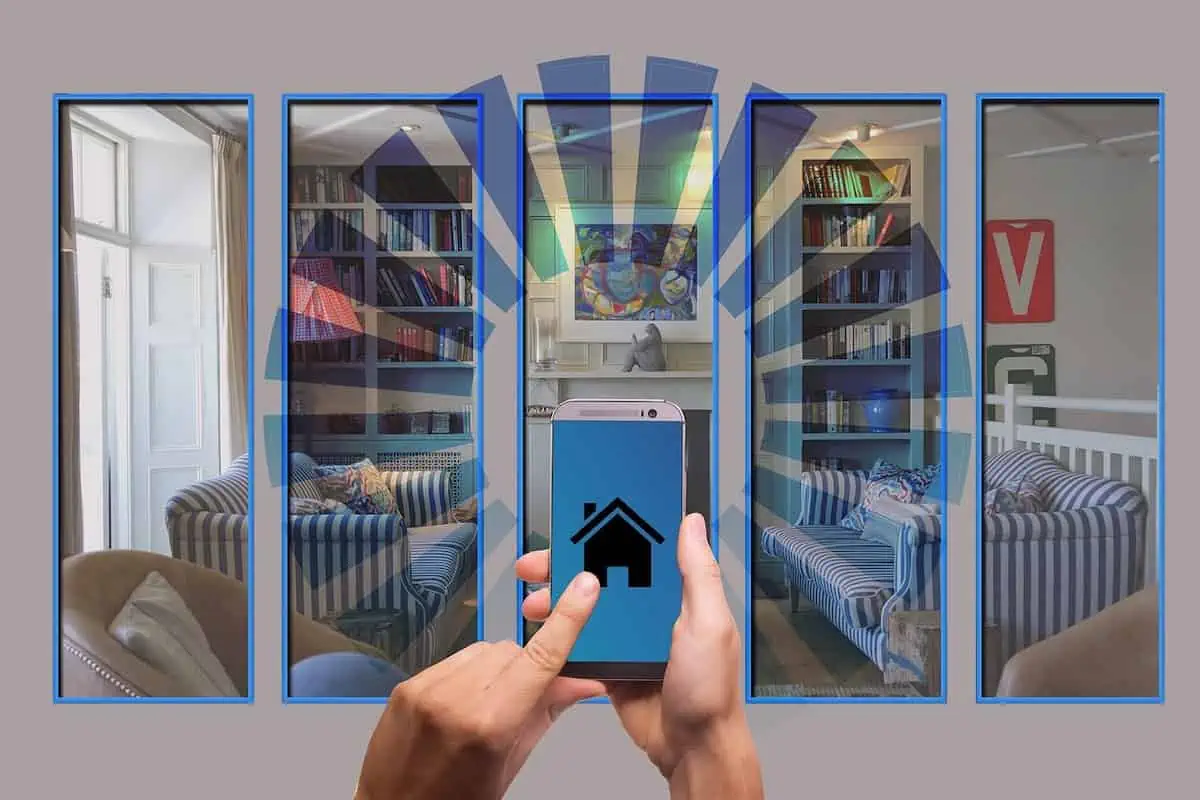Today, intelligent technologies have become an integral part of human life, and innovative equipment for your Smart Home is available for free sale.
Therefore, people with different income levels and positions in society can install the Smart Home system. Intelligent systems make life comfortable, economical and safe. In particular, fire alarms should be installed in every home.
The basic systems on which the “Smart Home” is built
To create a “Smart Home” you do not need to immediately spend a lot of money and effort, purchasing the latest expensive equipment. It is enough to install seven subsystems in the house, which are included in the basic package of a smart home.
So, for the arrangement of an intelligent home, you will need: a home surveillance system, environmental control, heating control, lighting and power supply, smart home equipment and a smart multimedia system.
Devices for these systems are easy to install and manage. In addition, if necessary, the equipment can be replaced or integrated into other, more powerful systems. These smart systems are easy to operate, you can put the remote control on your nightstands and control the functions you want right from your bed.
1. Home surveillance system
This system consists of CCTV cameras and devices that allow you to record footage and connect to the camera via Wi-Fi. The home surveillance system allows you to know what is happening in the house and around it in the absence of the owners.
Some types of cameras are associated with motion or presence sensors, so they turn on as soon as the sensor notices that a person has entered the controlled area. Particularly “smart” cameras send an alert to the owner if an atypical situation has arisen in or around the house.
Typically, CCTV cameras have a night vision function to record an image at night.
2. Environment control system
The environmental monitoring system includes various sensors that allow you to protect your home from various troubles. So, the standard set of sensors includes devices that are responsible for air quality, sensors that can detect smoke, monitor if there is water leakage, monitor the temperature in the house, lighting, the approach of people or animals. In addition, the system necessarily includes reed sensors that control the opening of doors and windows.
All sensors are connected to the controller, which reads and processes the information in order to then run the scenario necessary for the situation. Some modern sensors can be responsible for several actions at once and be controlled by one application.
3. Heating system control
Controlling the heating system using intelligent equipment allows you to set up a comfortable environment in the house and save money on resource consumption.
So, when the owners leave in the winter, the minimum temperature can be maintained in the house so that the house does not freeze, and before the arrival of the tenants, the house can be remotely heated. Also, modern equipment allows you to set different temperature conditions for different parts of the house.
4. Light control
Lighting automation allows you to set various home lighting scenarios, control lighting remotely, or simply connect light bulbs to sensors that will respond to the presence of a person. Smart lighting can be controlled using a smartphone, voice, remote control, etc.
5. Power control
Smart hardware can reduce your electricity bills as it allows you to remotely control devices connected to the network. Turning the device on and off can be done automatically according to a predetermined scenario. Or you can control smart sockets using an application on your smartphone.
6. Intelligent Home Hardware
In addition to installing sensors and controllers, many smart home owners purchase smart home devices that can be remotely controlled using a smartphone app. The category of smart goods includes vacuum cleaners, refrigerators, humidifiers, washing machines, etc. Today, almost everything can be automated, even the toilet.
7. Smart multimedia system
Without an automated music system that can be controlled remotely, the smart home will be incomplete. The system of wireless speakers and other audio components can be implemented in various ways. The main thing is that with the help of an application or a remote control, the sound can be controlled throughout the house without getting up from your chair.

